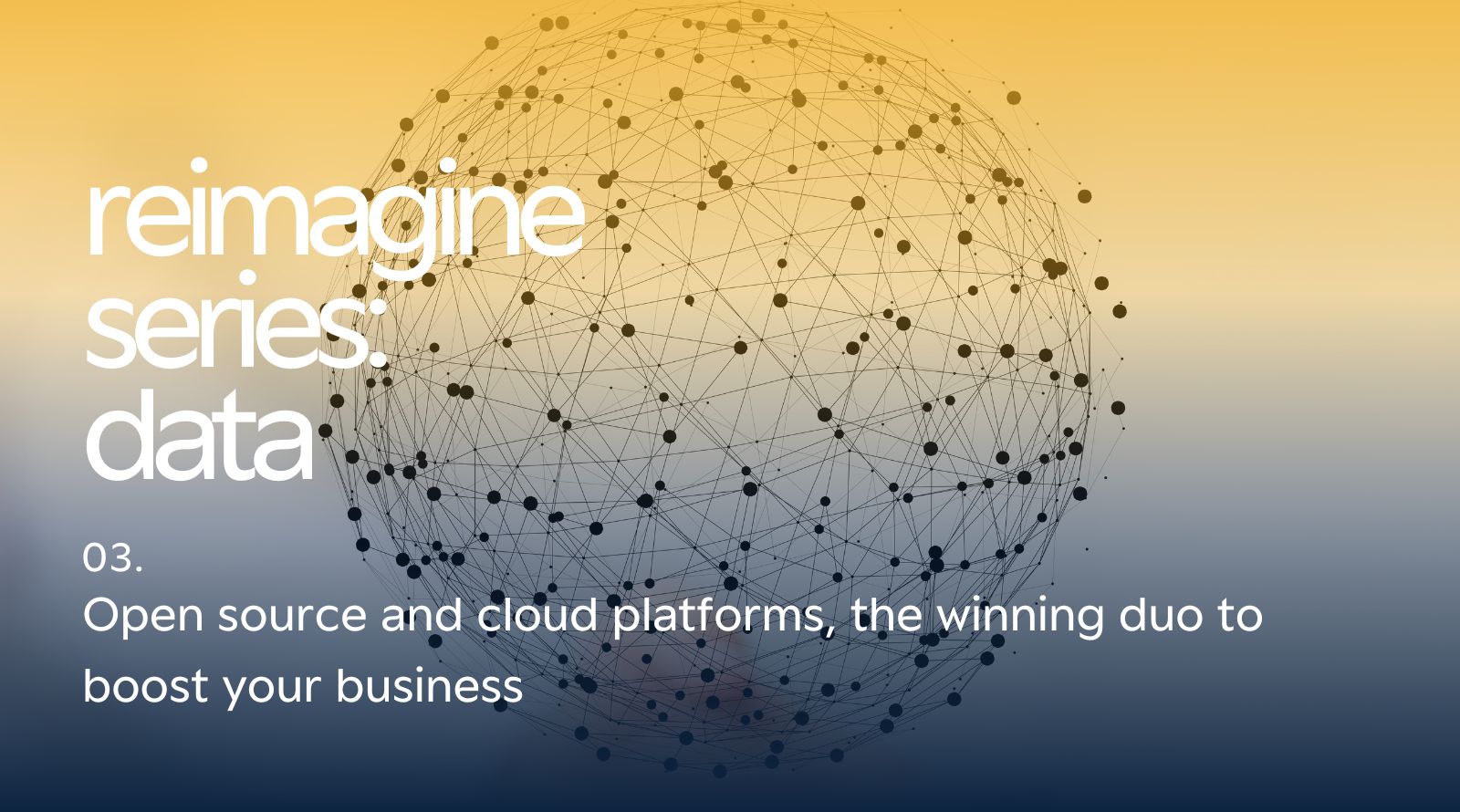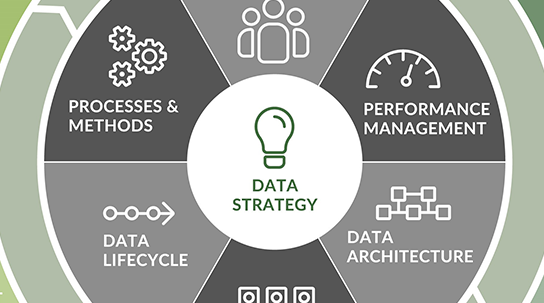In the third post of reimagining data, our academics show that organisations can leverage data by combining cloud computing and open-source software to achieve a competitive advantage. The additive effect of these components is greater than the sum of their parts, leading to new business value.
Big Tech giants from Google to Amazon, Meta to Alibaba now operate as globalised digital platforms, integrating countless software and hardware solutions to provide rich ecosystems of services — of which many are free to use by organisations.
As organisations in other sectors become more digitised, adopting more data-led tech, including artificial intelligence and the Industrial Internet of Things (IoT), they are more able to build shared digital infrastructures and data ecosystems. Businesses can then leverage a shared pool of data to optimise business processes, redesign their products, or transform their business models.
“If legacy companies don’t embrace data ecosystems on these platforms they’ll be outpaced by digital native competitors that do. Look at the success of BYD and Tesla who are revolutionising the automative industry. If you take some the most valuable companies in the world they mainly utilise data,“ explains Ari-Pekka Hameri, Professor of Operations Management at HEC Lausanne.
Along with Hervé Legenvre, Research Director at the European Institute of Purchasing Management, Hameri has shown that cloud infrastructure is a pivotal asset allowing businesses to capture value.1
Cloud platforms provide an access point, interconnecting various open technologies. This in turn creates a network effect as organisations use multiple, complimentary solutions. Since they are open source, such access serves as a catalyst for innovation with reduced costs. This offers new opportunities to create value that businesses can subsequently exploit.2
“The cloud is becoming a focal point in data-fuelled, digital architecture. By giving away AI and other tools for free on the cloud this raises the bar for everybody when it comes to innovation, since every company can access AI and combine it with existing tools to create new value. The business model is like giving away free handles for shaving, but you still charge for the razor blades,” says Professor Hervé Legenvre.
The power of open source is that it helps build a broad, standardised set of resources accessed by all, leading to a digital architecture, with global platforms creating thousands of open-source solutions.
The sharing of data is also leading to innovation along complex supply chains. To improve performance, companies are now exploring industry-wide data sharing initiatives. This has also been investigated by Professors Hameri and Legenvre.3
They researched the automotive industry, which is deploying data ecosystems to become more sustainable and promote the circular economy along supply chains, especially with the EU’s Digital Product passport regulation coming into force, which will also push for greater transparency.4
“The problem is that people have been educated for decades not to share information. Now they have to share data if you want to innovate. Open data ecosystems and data exchange are now the starting point for supply chains. The aim is to leverage data to design better products, boost circularity and optimise end-to-end processes by reconfiguring the supply chain to extract more value,” concludes Professor Hameri.
References:
- Creating Value by Combining AI and Other Open Technologies: Cloud Infrastructure as a Pivotal Asset; H Legenvre, E Autio, AP Hameri; Contemporary Issues in Industry 5.0: Towards an AI Integrated Society, 137-161, January 18, 2025
- How to Harness Open Technologies for Platform Advantage; H Legenvre, E Autio, AP Hameri
MIS Quarterly Executive 21 (1), March 2022 - The emergence of data sharing along complex supply chains; H Legenvre, AP Hameri
International Journal of Operations & Production Management
May 21, 2023 - EU’s Digital Product Passport: Advancing transparency and sustainability, European Union, September 27, 2023




